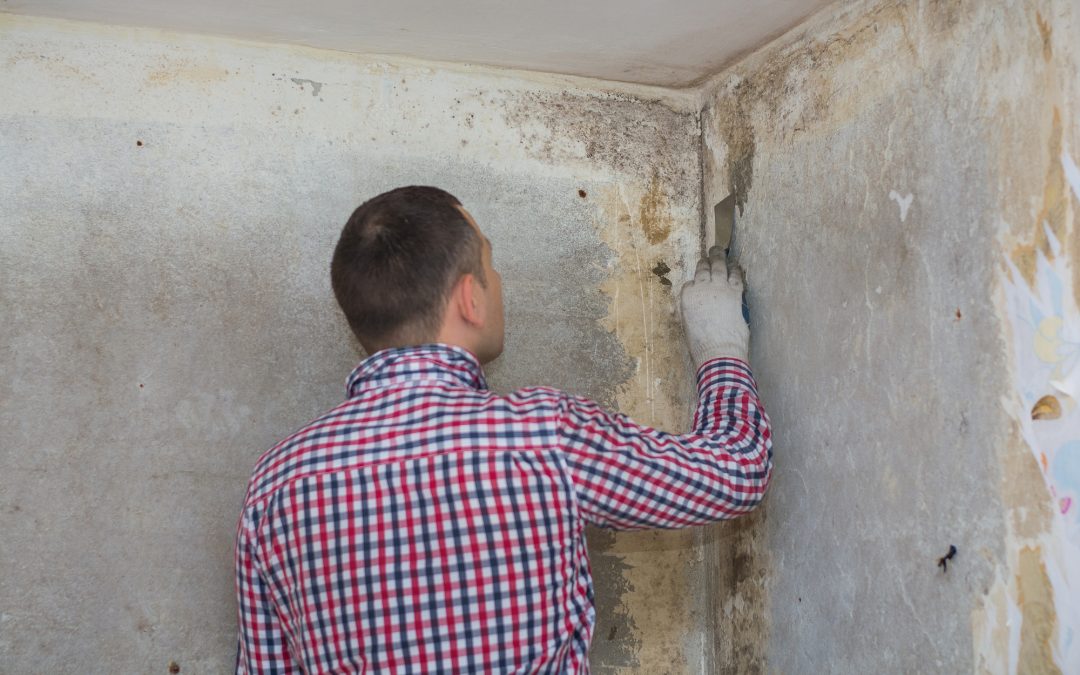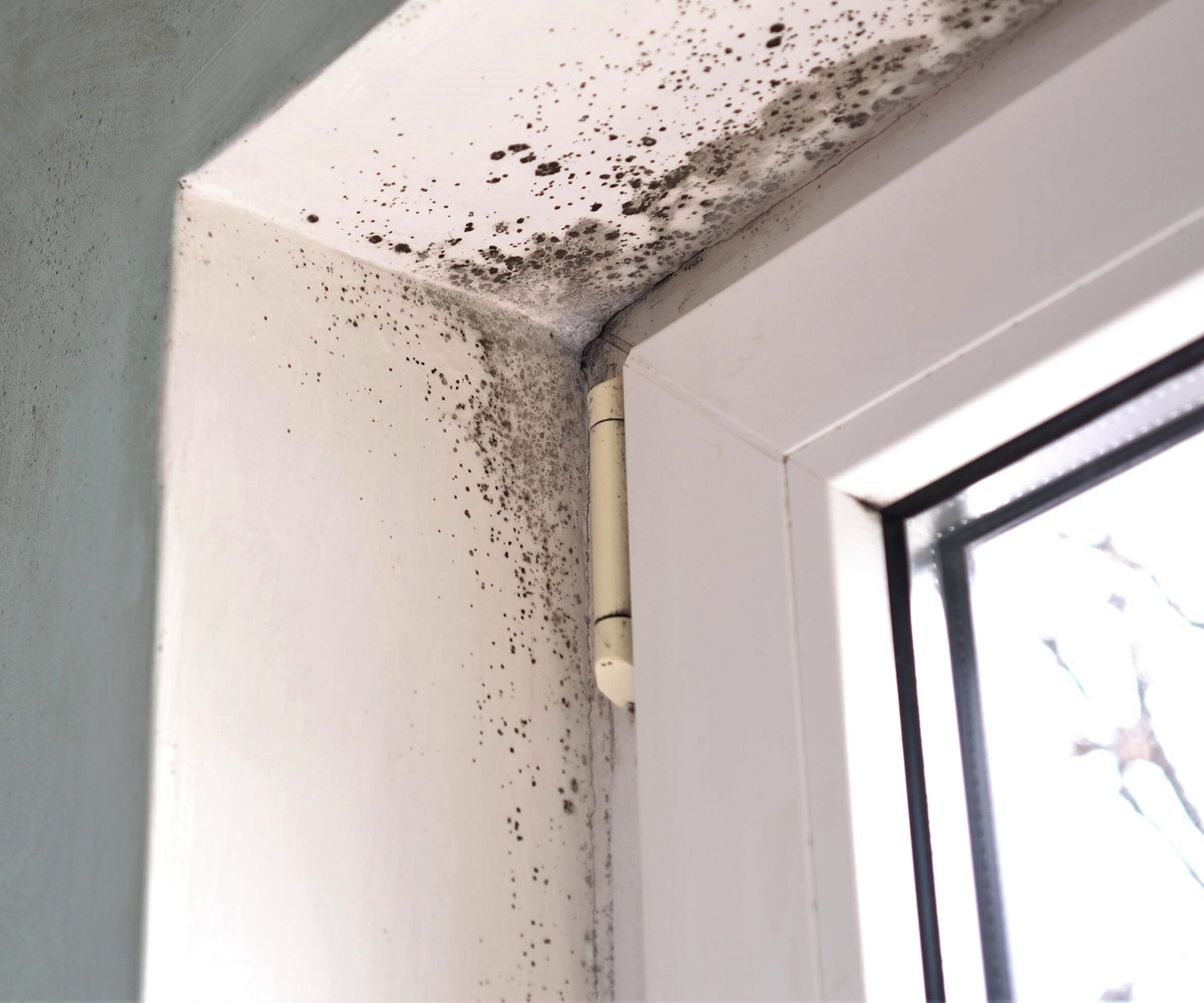Efficient Post Mold Remediation Cleaning Protocols
Efficient Post Mold Remediation Cleaning Protocols
Blog Article
Effective Blog Post Mold And Mildew Removal Solutions for Your Home
Mold and mildew development in homes can be a relentless concern, frequently requiring a systematic approach for effective post-remediation remedies. From understanding the factors that contribute to mold and mildew growth to applying correct cleansing strategies and wetness control steps, the process can be intricate yet vital for keeping a healthy and balanced living atmosphere. Additionally, exploring all-natural removal remedies and developing a routine for recurring upkeep are necessary parts of a thorough mold remediation strategy. As home owners aim to deal with mold and mildew worries, discovering the most reliable solutions comes to be vital for the well-being of their households.
Recognizing Mold And Mildew Growth Variables
The primary element contributing to mold and mildew development is moisture. Mold spores need wetness to sprout and flourish, making moist or moist settings very vulnerable to mold invasions.

Furthermore, air flow and light direct exposure can affect mold and mildew growth. Locations that lack appropriate air flow and all-natural light are much more susceptible to mold advancement. By attending to these factors adequately, people can properly minimize mold development and secure their living atmospheres.
Appropriate Mold And Mildew Cleansing Methods
Using efficient cleaning techniques is necessary in stopping the recurrence and addressing of mold contamination in interior settings. When dealing with mold and mildew, it is crucial to focus on safety by wearing safety equipment such as safety glasses, masks, and gloves. The initial step in correct mold cleansing is to contain the affected area to stop the spread of spores to unpolluted locations. This can be achieved by sealing the space and making use of air scrubbers or unfavorable air equipments to preserve air high quality.

Applying Dampness Control Steps
To efficiently protect against mold and mildew growth and contamination in indoor settings, implementing dampness control steps is paramount. Additionally, making certain correct air flow in areas vulnerable to moisture build-up, such as shower rooms and kitchens, can help lower the threat of mold and mildew development. By carefully implementing these wetness control measures, property owners can successfully lower the probability of mold and mildew recontamination and preserve a healthy and balanced indoor environment.
Using Natural Removal Solutions
After successfully implementing dampness control steps to prevent mold growth in indoor environments, house owners can now check out the efficiency of all-natural removal options in keeping a healthy and balanced living area. All-natural removal services make use of environmentally friendly methods to combat mold and mildew and mold, making them a prominent selection for those looking for non-toxic options. By useful link including these all-natural remediation solutions into their cleansing routines, home owners can properly battle this hyperlink mold and mildew growth while advertising a much healthier interior setting for themselves and their households.

Keeping a Mold-Free Atmosphere
Regularly evaluating areas prone to mold development, such as bathrooms, attic rooms, kitchen areas, and cellars, is crucial. Appropriate air flow in locations with high moisture levels is also vital to stopping mold and mildew growth.
In addition, maintaining sanitation in the home is important for mold and mildew avoidance. Keeping indoor plants in check and ensuring proper water drainage in exterior landscaping can minimize wetness accumulation, decreasing the possibility of mold and mildew invasions.
Final Thought
In verdict, it is essential to attend to mold development variables, make use of proper cleansing strategies, execute wetness control steps, use natural removal options, and keep a mold-free atmosphere in order to effectively manage blog post mold and mildew removal in your house - Post Mold Remediation Report. By adhering to these techniques, you can avoid mold from repeating and guarantee a healthy and balanced living setting for you and your family
The primary variable adding to mold development is wetness. Mold and mildew spores require wetness to grow and germinate, making wet or humid atmospheres extremely at risk to mold and mildew infestations.To effectively stop mold development and contamination in interior settings, carrying out dampness control steps helpful hints is extremely important. Furthermore, making certain appropriate air flow in areas vulnerable to moisture accumulation, such as cooking areas and shower rooms, can help minimize the risk of mold and mildew development.After successfully executing dampness control procedures to stop mold development in indoor environments, property owners can now explore the efficiency of all-natural remediation services in preserving a healthy and balanced living room.
Report this page